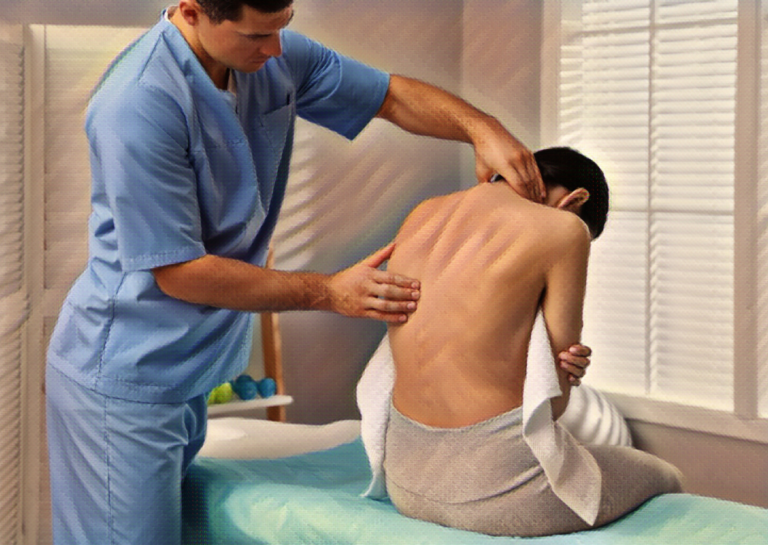Overview
Kyphosis, also known as roundback or hunchback, is a spinal condition that results in an excessive curvature of the spine. In children, it can develop due to various reasons, including congenital abnormalities, developmental issues, and degenerative conditions. Kyphosis can be mild or severe and can impact the child’s physical appearance, posture, and mobility. This article provides an overview of the symptoms, causes, treatment, and prevention of kyphosis in children.
Symptoms
The symptoms of kyphosis in children can vary based on the severity of the condition. Some common symptoms include:
- Visible hump or bump in the upper back region
- Stooped posture or hunching over
- Pain in the back or neck
- Reduced mobility and flexibility
- Fatigue and weakness in the back muscles
- Breathing difficulties
- Reduced range of motion
It is important to note that some children may not experience any symptoms until the condition becomes severe.
Causes
Kyphosis in children can be caused by a variety of factors, including:
- Congenital Kyphosis: This type of kyphosis is present at birth and is caused by genetic or developmental abnormalities in the spinal column.
- Scheuermann’s Kyphosis: This type of kyphosis is caused by irregular growth patterns in the vertebral bodies during puberty, resulting in an excessive curvature of the spine.
- Postural Kyphosis: This type of kyphosis is caused by poor posture habits, such as slouching, hunching over, and carrying heavy bags on one shoulder.
- Degenerative Kyphosis: This type of kyphosis can occur due to aging and degeneration of the spinal column, leading to the development of spinal stenosis or herniated discs.
Treatment
The treatment of kyphosis in children depends on the underlying cause and the severity of the condition. Some common treatments include:
- Physical Therapy: Physical therapy can help improve posture, strengthen the back and neck muscles, and reduce pain and discomfort.
- Bracing: Children with mild to moderate kyphosis may be prescribed a brace to help correct their posture and prevent the progression of the curvature.
- Medications: Over-the-counter pain relievers and anti-inflammatory medications can help reduce pain and swelling associated with kyphosis.
- Surgery: In severe cases, surgery may be necessary to correct the curvature of the spine and prevent further progression of the condition.
Prevention
The following measures can help prevent kyphosis in children:
- Encourage Good Posture: Teach children to sit and stand up straight, and avoid slouching or hunching over.
- Promote Physical Activity: Encourage children to engage in physical activities, such as swimming, yoga, and gymnastics, that can help strengthen the back and neck muscles.
- Avoid Carrying Heavy Bags: Teach children to distribute the weight of their school or sports bag evenly across both shoulders to prevent back pain and strain.
- Provide Proper Support: Ensure that children have a good posture while sleeping by providing them with a supportive mattress and pillow.
Citations
- American Academy of Orthopaedic Surgeons. (2021). Kyph
